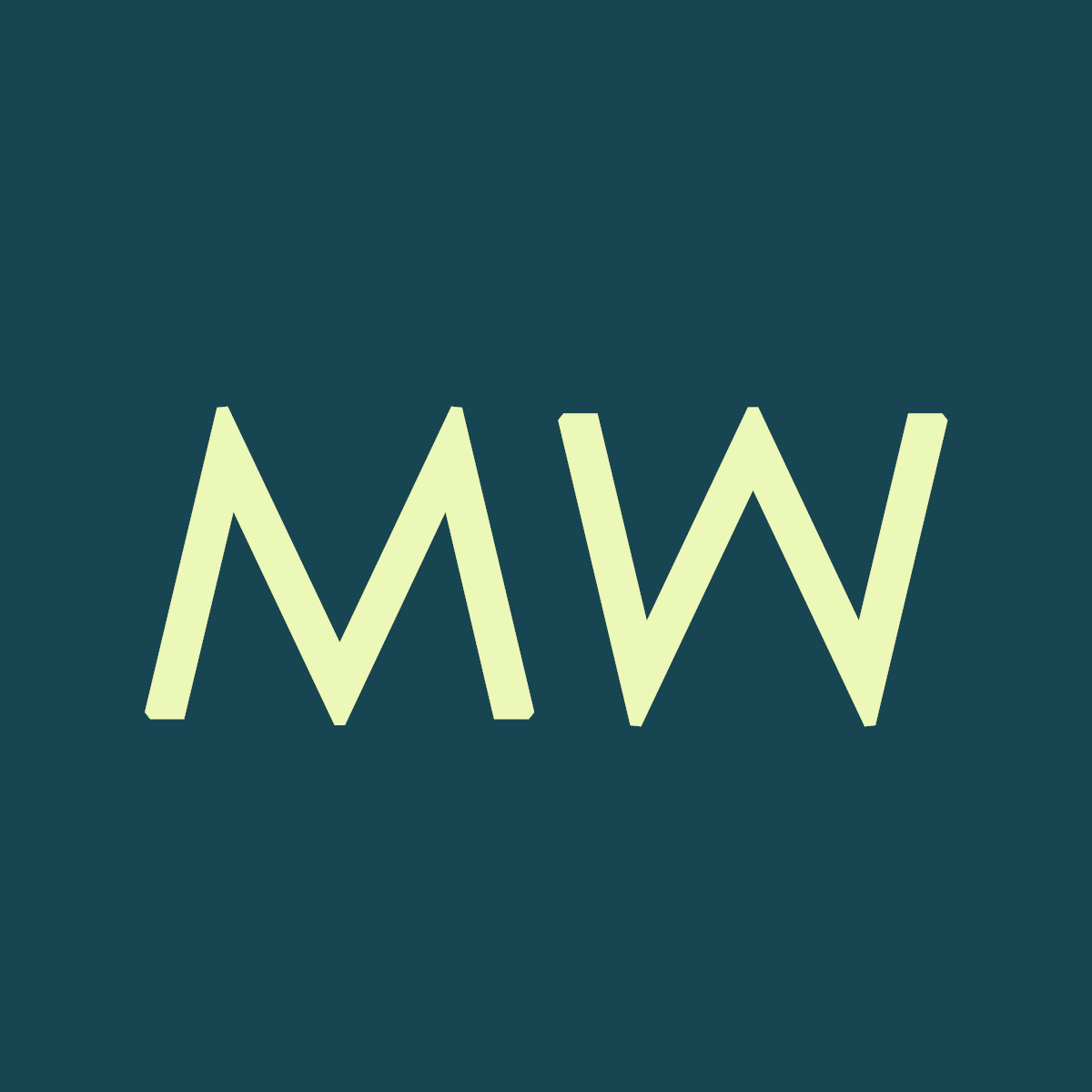At some point every scholar who wants to get their book published starts with the same question—“what should I be putting in my book proposal?”
The answer isn’t as transparent as it might seem. If you haven’t written your first book yet, you may have never encountered an actual book proposal in your life. (Once you publish a scholarly book, you‘ll start getting asked by presses to peer review other people’s proposals, in which case you’ll start to encounter a lot more examples, after the point at which you most needed to see them, naturally.)
Without having seen a successful book proposal before, you may be stuck on where to start yours. This post is meant to help you by laying out the common elements that your proposal should include if you hope to publish a book with an academic publisher.
The standard advice in these instances is to consult the submission guidelines from your target publisher. I give this advice, and it’s good advice, because you obviously want to submit the elements your publisher asks for when you’re trying to get them to consider your project.
But it’s also not always adequate advice, because publishers use language that—while it may make perfect sense to people who work in publishing or who have published books before—can be opaque and confusing to newcomers.
For example, when a publisher asks you for a “project description,” what do they really want to know about it? When they ask for a “market analysis” or “discussion of competing titles,” what is that supposed to look like? When they want you to provide a “short author bio,” can you use the same thing that’s on your faculty webpage or would a different kind of narrative be better in this context?
I’ve always found it frustrating when knowledge is assumed and norms and expectations aren’t spelled out very clearly. Are you like that too? If so, and if you weren’t sure how to answer the questions I posed in the last paragraph, I think you will very much appreciate the three things I’m about to tell you about.
First is this quickie guide to the key components of a scholarly book proposal. It not only tells you what they are, it tells you why they’re there and what the people who read your proposal are hoping to get out of them.
You can download the guide as a PDF here or as an accessible Word document here. I personally have a copy pinned up above my desk because even I need a reminder once in a while!
If you cover these key elements, you’ll probably provide enough information for an editor to assess whether your project is a fit for them. If the fit looks good but they need more information, they’ll ask you.
Some prospectuses also include additional elements on top of the ones in my basic list. For example, some presses will specifically ask you to provide the names of expert scholars who could serve as reviewers of your work. Some will want you to specify how much of the book’s material has been previously published and where.
If your target publisher explicitly asks for an item with the proposal submission, try your best to include it. If they don’t ask explicitly, you can make a personal call whether to include it or not. (Don’t send sample chapters or a manuscript unless the editor asks directly or the submission guidelines say to do so.)
If your target publisher asks for something and you have no idea what they’re referring to, send me an email. I’ll tell you what I think they mean!
The second thing I think you’ll enjoy if you’re a “just tell me exactly what the expectations are” person is The Book Proposal Book: A Guide for Scholarly Authors, in which I further demystify each of these components and many other aspects of the scholarly book publishing process.
The book isn’t exactly an instruction manual, though you can use it that way if you want. As I say in the introduction, “having a sense of the present unwritten ‘rules’ of scholarly publishing will set you up to push and break them to best effect, should you decide to do so.”
The third thing I want to tell you about is my online program, the Book Proposal Shortcut for Busy Scholars.
Like The Book Proposal Book, this program breaks down every step of the proposal and publishing process, providing the context and guidance you need to produce a compelling pitch for your book project. It also has an additional layer: I draw on my experience working with hundreds of authors to tell you exactly what people tend to miss or forget when they draft their proposals. I help you avoid those missed opportunities, section by section, so your proposal will shine amidst a sea of other submissions at your target publisher.
The Book Proposal Shortcut is entirely self-paced, which makes it a better fit for some people’s needs and schedules than my other workshops and programs. It includes a library of sample documents, periodic live office hours, and a thread where you can ask questions that come up as you draft your proposal.
You can find out more about the program here.




